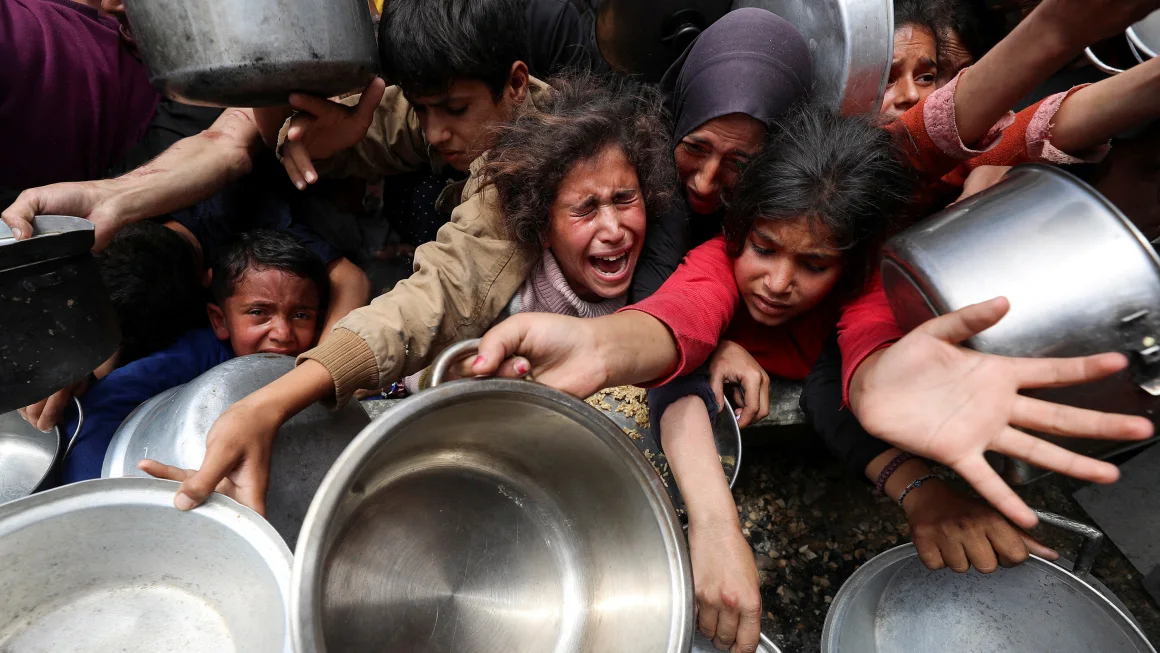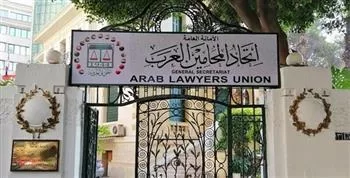One hundred sixty-one aid trucks entered the Gaza Strip from Thursday until dawn Friday, utilizing the Zikim crossing in the north and the Kerem Shalom crossing.
An Egyptian source informed Al-Qahera News Channel that the aid shipments primarily consisted of flour, baby formula, and other food supplies, with aid continuing to flow for the third consecutive day.
The source also clarified that the Israeli delegation departed after receiving Hamas’s response, with negotiations expected to resume next week following a review of Hamas’s proposal.
The population of Gaza has been suffering from a severe and rapidly worsening humanitarian crisis, with starvation and malnutrition reaching catastrophic levels. This dire situation is primarily a consequence of the ongoing conflict, the extensive blockade, and severe restrictions on the entry of humanitarian aid.
Even before the recent escalation of conflict in October 2023, Gaza’s population, numbering around 2.3 million Palestinians, was already highly vulnerable due to a prolonged blockade and economic deterioration spanning over 15 years. This had led to high rates of poverty and reliance on external aid.
Impact of recent conflict
The current crisis deepened dramatically following the start of large-scale military operations in October 2023.
This conflict has:
- Destroyed local food production: What little local food production existed has been largely wiped out due to military operations.
- Decimated infrastructure: Critical infrastructure, including homes, hospitals, schools, shelters, bakeries, and water systems, has been extensively damaged or destroyed, hindering the ability to provide basic necessities.
- Mass displacement: A significant portion of Gaza’s population, estimated at 1.9 million people (90%), has been displaced, often multiple times, leading to overcrowded and unsanitary conditions in shelters.
Aid restrictions and access challenges
Despite international calls, the flow of humanitarian aid into Gaza has been severely restricted. While some aid is allowed to enter, it is widely considered insufficient to meet the overwhelming needs of the population.
Key challenges include:
- Limited crossings: Access points for aid are limited and subject to strict controls.
- Security inspections: Aid trucks face prolonged and complex security inspections.
- Internal distribution issues: Even once aid enters Gaza, ongoing fighting, a breakdown of law and order, and Israeli military restrictions make safe and efficient distribution within the enclave extremely difficult. Aid convoys have reportedly come under fire, and distribution points have become dangerous.
- Fuel shortages: Severe fuel shortages further complicate the delivery of aid and the functioning of essential services like hospitals and water pumps.
Escalating hunger and disease
The culmination of these factors has led to an unprecedented level of food insecurity:
- Catastrophic hunger: According to the Integrated Food Security Phase Classification (IPC), the leading international authority on food crises, the entire population of Gaza is facing crisis-level or worse food insecurity, with hundreds of thousands at risk of famine.
- Malnutrition surge: Organizations like the UN World Food Program (WFP) and UNICEF report alarming rates of acute malnutrition, particularly among children and pregnant/breastfeeding women. As of July 2025, nearly 100,000 women and children were suffering from severe acute malnutrition.
- Starvation deaths: The Gaza Health Ministry and UN agencies have reported a surge in deaths due to starvation and malnutrition-related complications, including dozens of children. Some reports suggest hundreds, predominantly children, have died due to hunger.
- Disease outbreaks: The lack of food, clean water, adequate sanitation, and functioning healthcare facilities has created conditions ripe for widespread disease outbreaks, further weakening a population already on the brink.
International response and accusations
Human rights organizations and UN agencies have described the situation as a “man-made disaster” and a “slow-motion genocide,” accusing Israel of using starvation as a weapon of war through its blockade and military operations.
They have repeatedly called for an immediate and lasting ceasefire, unrestricted humanitarian access, and protection of civilians.Israel, while denying these accusations, maintains that it allows aid in and blames Hamas for diversion and UN agencies for distribution failures
The ongoing crisis in Gaza represents one of the most severe humanitarian emergencies globally, with experts warning that famine is not just a risk, but silently unfolding.


















































